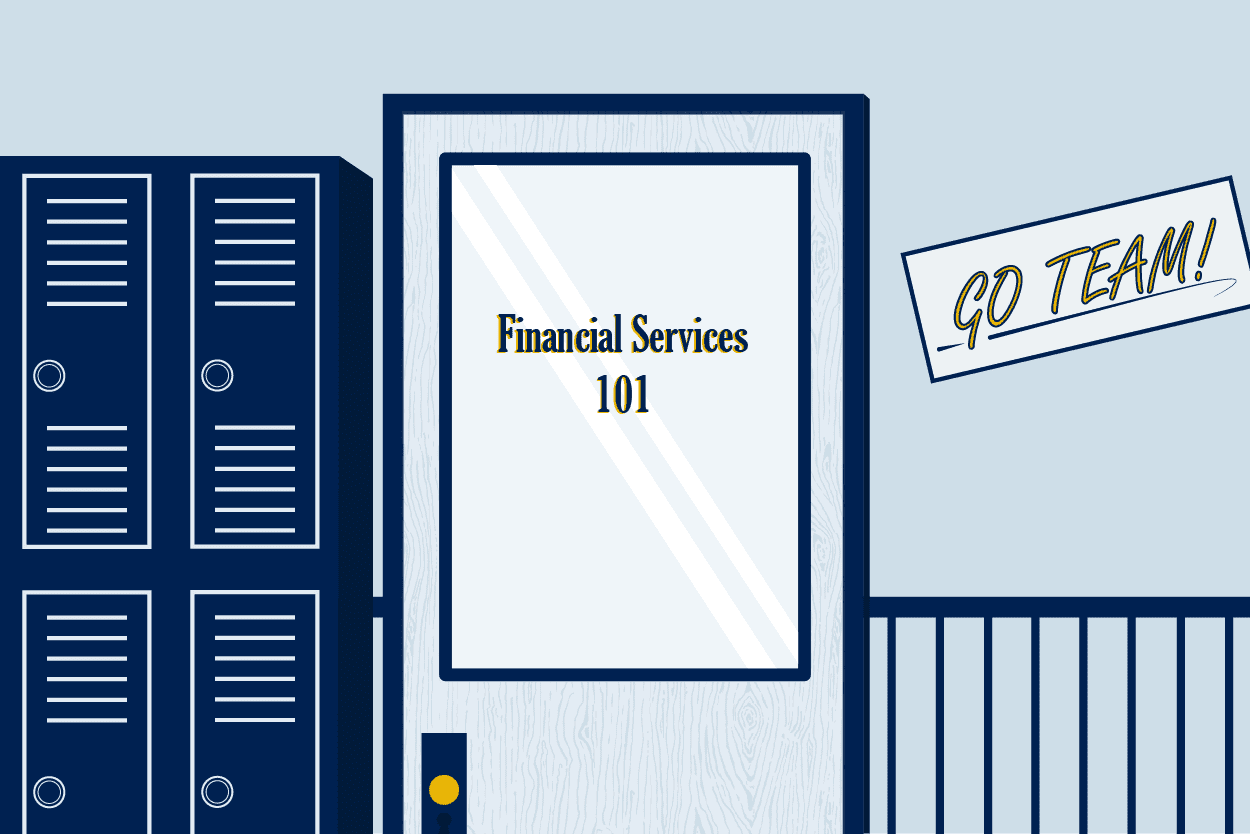Climate-related financial disclosure has been codified in a global reporting requirement for asset owners and asset managers, with its first annual reporting deadline in June 2023. The rules for what is known as TCFD reporting, named for the Task Force on Climate-related Financial Disclosures founded by the global Financial Stability Board (FSB) based in Switzerland in 2015, were first issued in 2017. TCFD reporting periods began January 1, 2022.
What is TCFD reporting?
The TCFD framework classifies climate-related risks as either physical risks directly caused by the impact of climate change, such as extreme weather and rising temperatures and sea levels, or transitional risks related to changing to a low-carbon economy. TCFD’s recommendations name four areas for disclosure: governance, strategy, risk management, and metrics and targets. They set principles for disclosure about the relevance, completeness, clarity and consistency of information disclosed, as well as comparability, reliability and timeliness of disclosures.
What is required for TCFD reporting?
Firms with assets over $62.5 billion and asset owners with more than $31.2 billion, as well as, in June 2024, firms that were above a $6.2 billion threshold after January 1, 2023 must disclose their climate-related risks.
Firms that already reported under TCFD in 2023 should replace tactical solutions with a robust strategic operating model, according to guidance from Alpha FMC Consulting. To get such a model, firms should embed disclosure into their operations processes, by setting appropriate climate risk appetite guidelines. Firms that are due to disclose in 2024 should begin mobilizing now for clear accountability, Alpha also counsels.
How to achieve compliance
Firms can begin a compliance effort by disclosing issues related to governance, strategy and risk management, as the TCFD’s recommendations first issued in 2017 state. Firms that are already disclosing climate information under other frameworks may have a leg up on compliance with the new TCFD framework. Firms should improve practices and techniques, especially data analytics, to raise the quality of their disclosures and more appropriately price risks and allocate capital, TCFD also stated.
The UK’s financial regulator, the Financial Conduct Authority (FCA), issued its own rules in December 2021 as guidance for how to comply with TCFD’s recommendations. The FCA stated that entity-level groups should publish their TCFD annual reports prominently on their websites, and product-level groups should have disclosures on their products and portfolios, as well as prominently on their websites and in their client communications.
Are there penalties or fines for failing to publish reports?
At this time, the FSB does not include any penalty provisions in its TCFD reporting guidance.
How does TCFD advance ESG goals?
By getting organizations to describe the resilience of their climate strategy as part of TCFD reporting, the guidance promotes identification and assessment of possible actions with climate impact. This can be done through scenario analysis using hypothetical constructs.
How much of the industry complies with reporting?
According to TCFD’s last annual update from September 2022, 3,960 organizations worldwide, with a collective market cap value of $26 million, support its reporting efforts. Citing fiscal year 2021 reporting, the TCFD update stated that while 80 percent of companies disclosed at least one of the 11 recommended disclosures, only 40 percent disclosed at least five of these and only 4 percent disclosed all 11. The 2022 update does report significant increases in disclosure since its establishment in 2017. Its 2023 annual update is expected in October.
How can I get help with TCFD?
GoldenSource’s ESG Impact solution addresses the requirements of TCFD and many other regulations regarding ESG. If you’d like to learn more, please contact us here.

